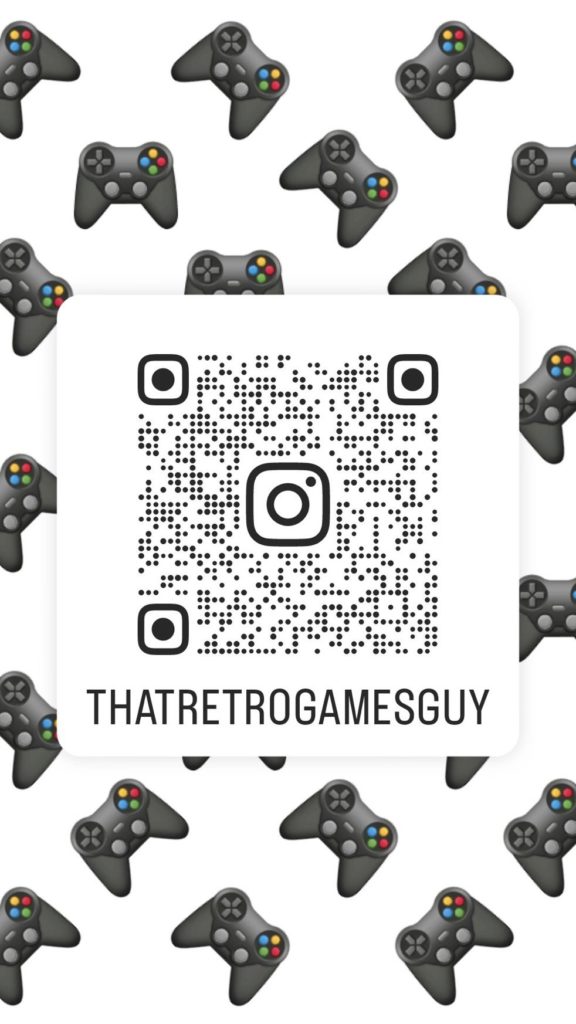The Early Days: Chalk, Paper, and Print
In the early 20th century, education was primarily centered around traditional tools: chalkboards, textbooks, paper, and pencils. Information flowed one way—from teacher to student—often through rote memorization and repetition. Printed textbooks were the cornerstone of knowledge, and libraries were the primary gateway to additional learning resources.
The introduction of audiovisual aids like slide projectors, film strips, and overhead projectors in the mid-1900s marked the beginning of multimedia learning. These tools helped bring subjects to life, particularly in science and geography, making lessons more engaging and visual.
The Computer Age: The 1980s and 1990s
The arrival of personal computers in the 1980s heralded a major shift in educational technology. Early educational software, like typing programs and math games, began appearing in classrooms. The 1990s saw the rise of the internet, which opened new doors to information and connectivity. Students could now access encyclopedias, online resources, and communicate via email—laying the groundwork for digital literacy.
Computer labs became standard in many schools, and educational CD-ROMs offered interactive experiences far beyond the limits of textbooks. Teachers began integrating PowerPoint presentations and digital assignments into their lesson plans.
The Digital Revolution: 2000s to 2010s
The early 21st century brought a digital revolution to education. The proliferation of laptops, tablets, smartphones, and broadband internet transformed classrooms into connected learning hubs. Tools like interactive whiteboards replaced traditional blackboards, and Learning Management Systems (LMS) such as Moodle, Blackboard, and Google Classroom began organizing course materials and assessments online.
The rise of e-learning platforms like Khan Academy, Coursera, and edX introduced the concept of self-paced, on-demand learning. Students could now take courses from top universities anywhere in the world. Social media, blogs, and forums added collaborative dimensions to learning, promoting peer-to-peer interaction and global discussion.
Modern Era: AI, Virtual Reality, and Hybrid Learning
In recent years, education has embraced cutting-edge technologies like Artificial Intelligence (AI), Virtual Reality (VR), and Augmented Reality (AR). AI-driven tools personalize learning experiences by analyzing students’ strengths and weaknesses and adapting content accordingly. Chatbots assist with administrative tasks and instant feedback, while data analytics help educators track student progress more effectively.
VR and AR are revolutionizing experiential learning by immersing students in historical events, scientific simulations, or virtual field trips. These technologies make abstract concepts tangible and enhance engagement in ways previously unimaginable.
The COVID-19 pandemic in 2020 served as a catalyst for remote learning. With the sudden need for virtual classrooms, video conferencing tools like Zoom and Microsoft Teams became essential. Hybrid learning models—combining in-person and online education—are now a norm rather than an exception.
Challenges and the Road Ahead
While technology has democratized access to education, it has also highlighted the digital divide. Students in under-resourced communities often lack reliable internet access or devices, which can widen educational inequalities. Cybersecurity, digital fatigue, and concerns over screen time and mental health are also emerging issues that educators and policymakers must address.
Looking ahead, education will likely continue to evolve alongside advancements in technology. Innovations like blockchain for credential verification, gamification for engagement, and even brain-computer interfaces may shape the future classroom.
The evolution of technology in education reflects a broader shift toward more personalized, accessible, and interactive learning experiences. From chalkboards to AI tutors, the journey showcases humanity’s relentless pursuit of better ways to teach and learn. As we navigate this ever-changing landscape, the goal remains the same: to empower learners, inspire curiosity, and prepare generations for the challenges and opportunities of tomorrow.








